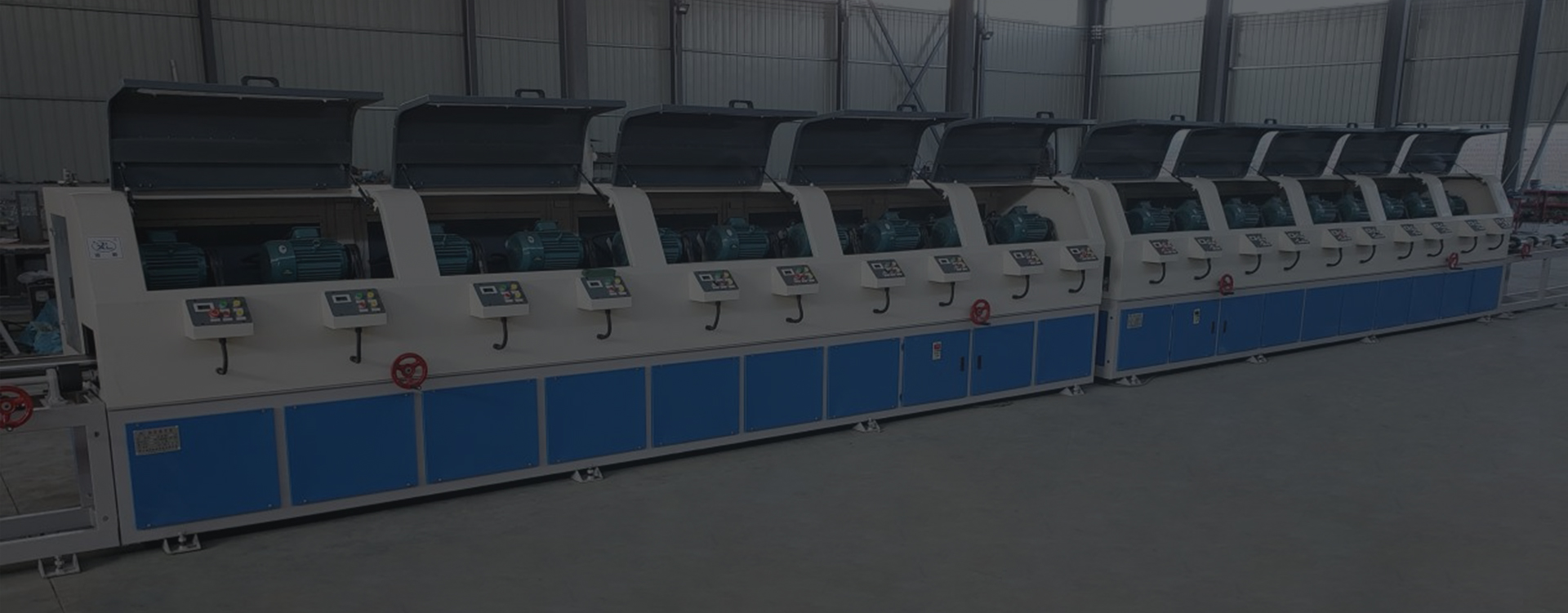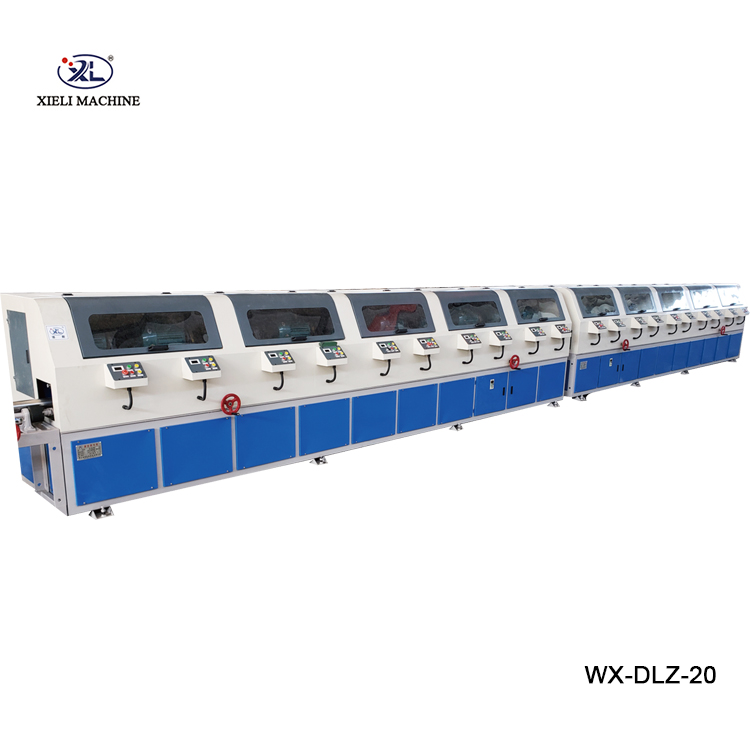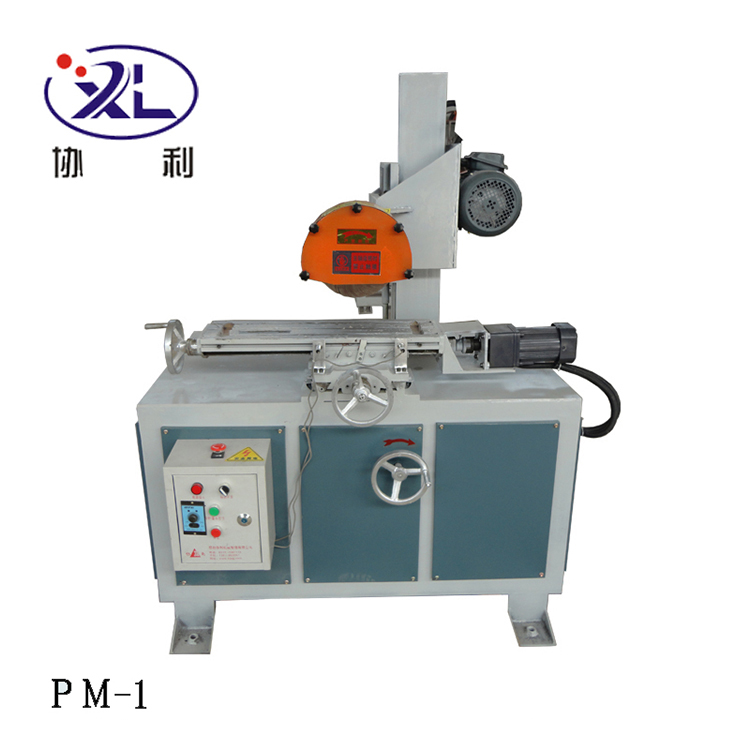The Importance of Tube Buffing Machines in Modern Manufacturing
In the world of manufacturing, achieving a smooth, mirror-like finish on metal surfaces is crucial for both aesthetic and functional purposes. Tube buffing machines play a pivotal role in this process, particularly in industries where tubes and pipes are essential components. This article explores the significance of tube buffing machines, their applications, and how they contribute to enhancing product quality.
What is a Tube Buffing Machine?
A tube buffing machine is a specialized piece of equipment designed to polish and buff the surfaces of tubes and pipes made from various metals such as stainless steel, aluminum, and brass. These machines utilize different types of buffing wheels, compounds, and techniques to remove imperfections, oxidation, and surface defects, culminating in a high-gloss finish that is often required for aesthetic appeal and corrosion resistance.
Applications of Tube Buffing Machines
The versatility of tube buffing machines extends across numerous industries. Here are some key applications
1. Automotive Industry In the automotive sector, polished stainless steel exhaust pipes and decorative trims not only improve the visual appeal of vehicles but also enhance performance by minimizing surface imperfections that can lead to corrosion over time.
2. Construction and Architecture Buffed metal tubes are frequently used in railings, structures, and decorative elements in buildings. A polished finish not only enhances the aesthetic value but also protects against environmental factors.
3. Food and Beverage Industry Equipment used in food processing often requires strict hygiene standards. Tube buffing machines are employed to ensure that stainless steel surfaces are smooth and free from crevices where bacteria can thrive, thus contributing to safer food processing environments.
4. Medical Equipment In the medical field, precision is vital. Tube buffing machines help create the smooth surfaces required in surgical instruments and medical devices, thereby maintaining hygiene and facilitating easier cleaning.
tube buffing machine product

5. Furniture Design Contemporary furniture design frequently incorporates polished metal for a modern look. Tube buffing machines are used to create sleek finishes on metal components, contributing to the overall aesthetic of the furniture.
Benefits of Using Tube Buffing Machines
Investing in tube buffing machines offers multiple advantages for manufacturers
1. Enhanced Aesthetics A high-quality buffing job transforms ordinary metal tubes into visually striking components, significantly improving the overall product appeal.
2. Increased Durability Polished surfaces are less prone to corrosion and wear, extending the lifespan of the components and reducing replacement costs.
3. Improved Functionality A smooth surface reduces friction and improves performance in applications where tubes and pipes are subjected to flow, such as in automotive and hydraulic systems.
4. Higher Efficiency Automated tube buffing machines can process materials faster and more consistently than manual buffing, leading to increased productivity and reduced labor costs.
5. Customization Options Many tube buffing machines offer adjustable settings, allowing manufacturers to achieve various finishes, from satin to mirror-like, depending on their specific requirements.
Conclusion
In conclusion, tube buffing machines are essential tools in modern manufacturing, playing a critical role in enhancing the aesthetic and functional quality of metal tubes and pipes. Their applications span a wide range of industries, from automotive to healthcare, demonstrating their versatility and importance. As manufacturers continue to prioritize quality and efficiency, the adoption of tube buffing machines is likely to increase. This investment not only improves product aesthetics but also enhances durability and performance, ultimately contributing to customer satisfaction and business success. With advancements in technology, tube buffing machines are expected to evolve further, offering even more capabilities to meet the demands of an ever-changing manufacturing landscape.





